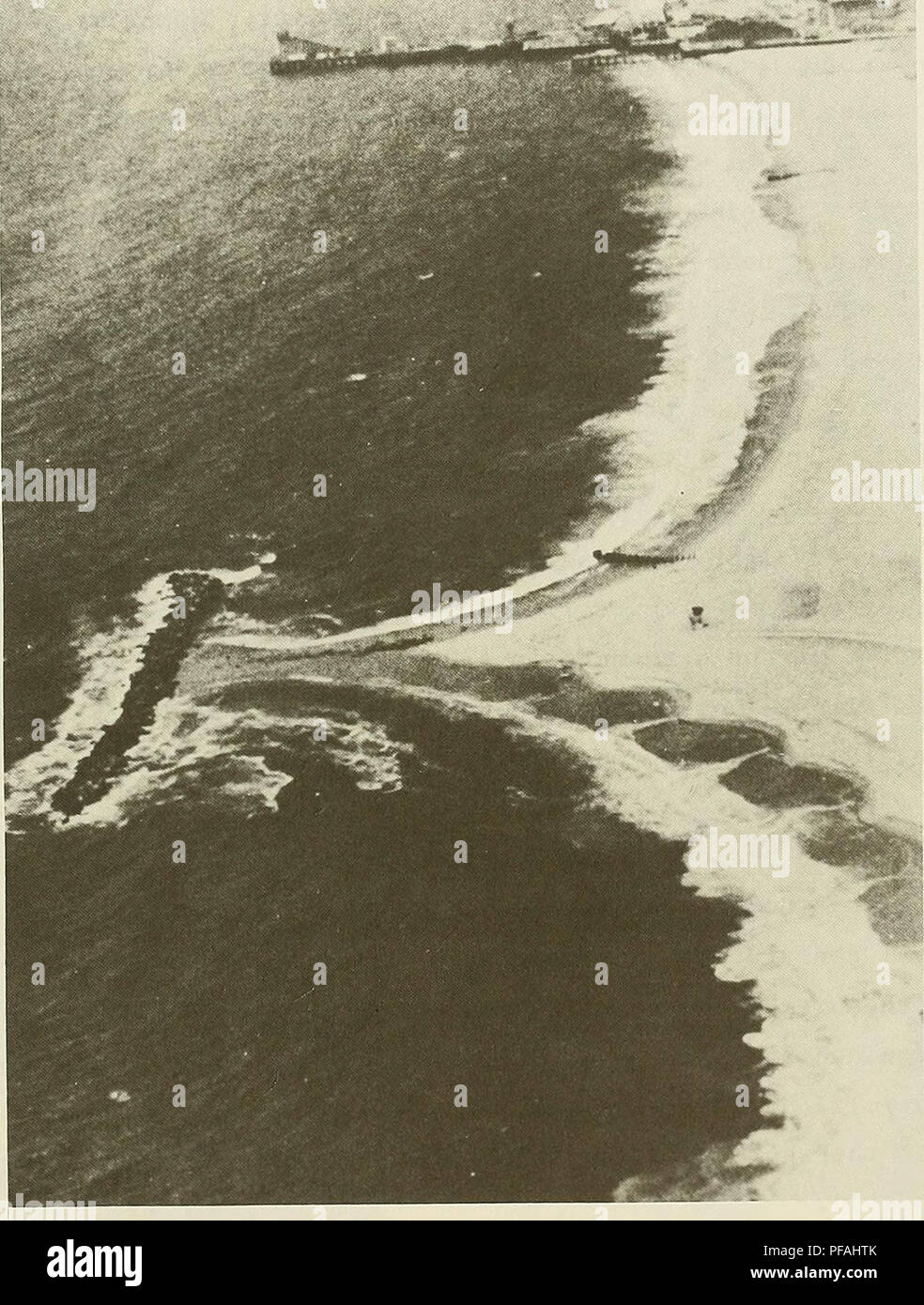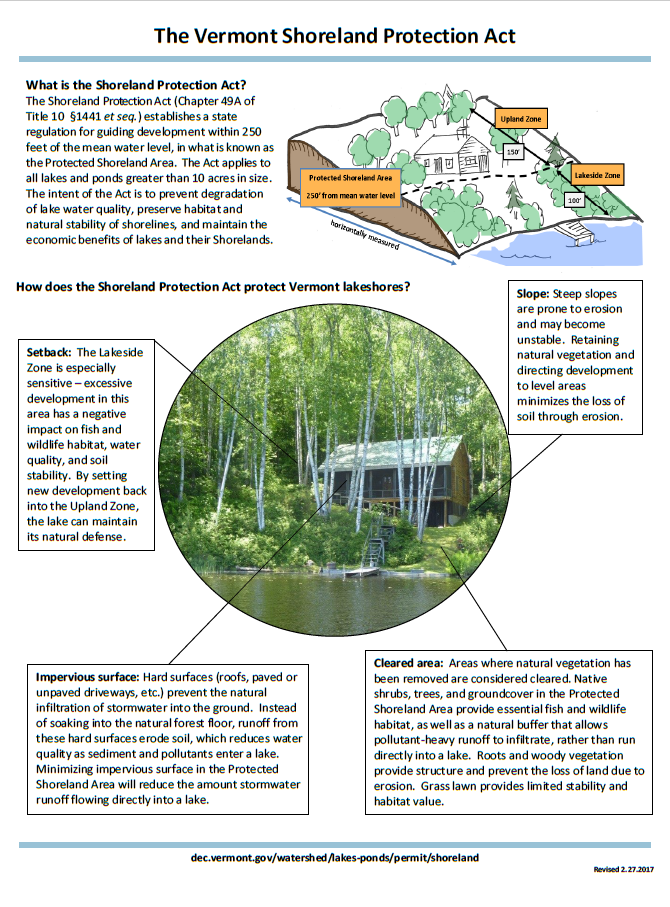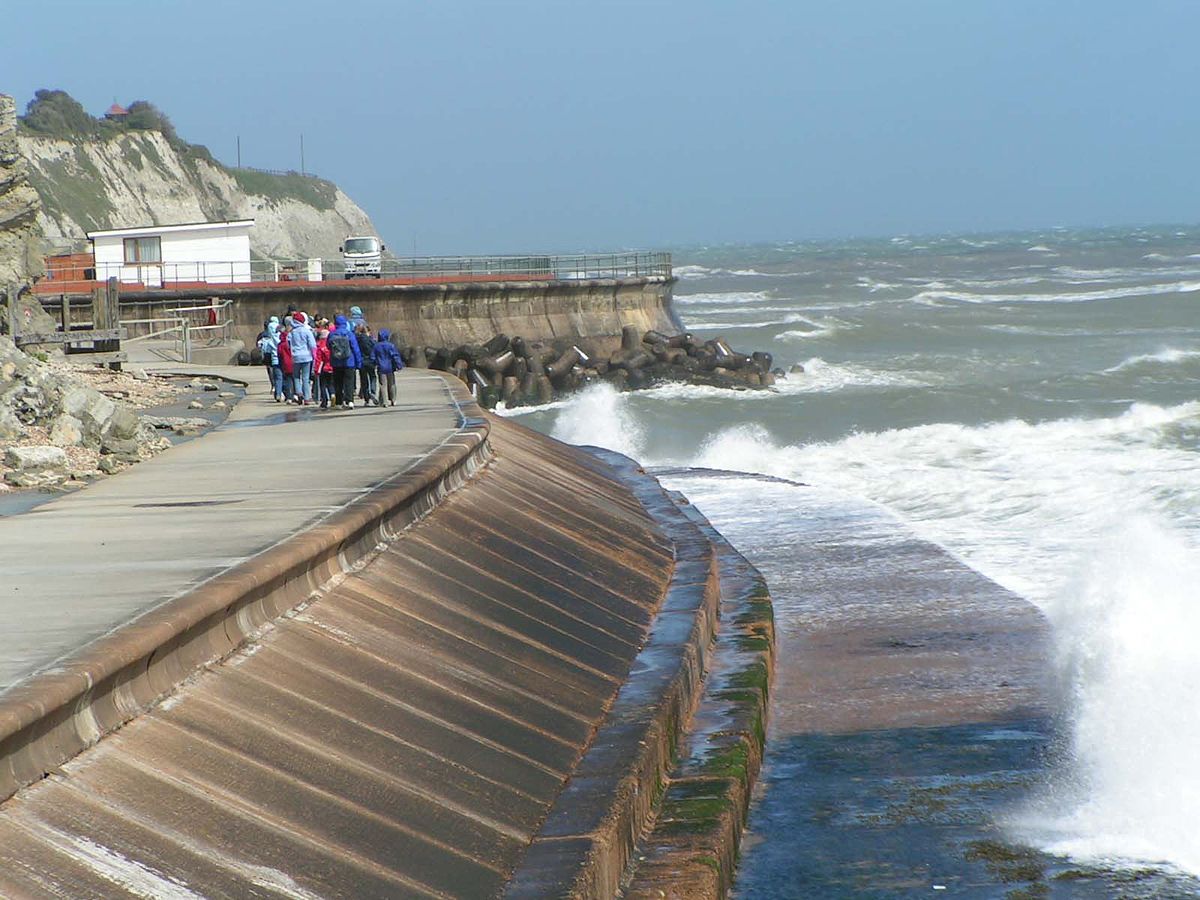Some Of Shore Protect Team
Some Known Factual Statements About Shore Protect Team
Table of ContentsThe Buzz on Shore Protect Team4 Simple Techniques For Shore Protect TeamThe Best Guide To Shore Protect Team9 Easy Facts About Shore Protect Team ShownHow Shore Protect Team can Save You Time, Stress, and Money.Some Known Questions About Shore Protect Team.What Does Shore Protect Team Do?
Decrease in residential property worth: As the area tourism is influenced by disintegration, so after that is the economic situation. Customers are less likely to search for a beach home that can be destroyed at any moment by the approaching flooding and erosion emergency. Subsequently, residential or commercial property worth can drop greatly and affect the whole area.Whether a beach is simply little and congested or needs to shut completely for the safety and security of the ecological community and nearby homes, this significantly impacts tourism. In turn, regional economic situations are affected (http://localsfeatured.com/directory/listingdisplay.aspx?lid=37776). Danger of injury: The enhanced risk of flooding and architectural failures creates an increased threat of injury to neighboring visitors and area members

Shoreline stabilization is directly relevant to their task. Beachfront resorts: Since coastline disintegration effects tourist, it influences the success of beachfront hotels.
7 Easy Facts About Shore Protect Team Described
This eventually leads to closures and deserted beachfront properties. Coastal commercial companies: No travelers indicates no business. For those businesses satisfying residents, their property is at danger of damage from disintegration and flooding. Coastal state parks: State parks that exist along coastlines are at threat of damages. Not only to the manufactured frameworks and residential or commercial properties on site, however also to the all-natural ecosystems that exist within.
Hard stablizing makes use of synthetic frameworks as security to control erosion. The majority of forms of difficult stablizing like seawalls and sheet metal are not suitable for coastline stablizing.
What Does Shore Protect Team Do?
There's also inadequate evidence of their efficiency relying on the sort of shoreline and regional conditions. Tough stabilization strategies tend to be more hard to set up and don't match the natural aesthetic, sticking out like a sore thumb and damaging local ecological communities in lots of circumstances. Coastline nutrition is the process of adding lost sand and debris back to coastlines after erosion has occurred.
TrapBags help in the procedure of beach nourishment by shielding all-natural environments and permitting plants to expand. While this procedure can be expensive and is not irreversible, the pros tend to exceed the disadvantages. TrapBag obstacles deal several buildings that make them perfect for coastal and shore erosion protection. They're: Eco friendly: You can utilize indigenous soil both to surround and to fill up the TrapBags.

Rumored Buzz on Shore Protect Team
Easy to mount: Alleviate of installment indicates TrapBags can be deployed swiftly in the event of an emergency situation. They can likewise be mounted with no heavy machinery. Inexpensive: TrapBags are suitable for both little and large locations of coastline. They give a budget-friendly remedy to cover projects of any dimension.
The ideal seawall style counts on location-specific aspects, including bordering erosion processes. There are three main kinds of seawalls: vertical, bent, stepped, and piles (see table listed below). A report released by the United Nations Atmosphere Programme (UNEP) suggests that the tsunami of 26 December 2004 caused less damage in the areas where natural obstacles were existing, such as mangroves, coral reefs or coastal greenery.
All-natural obstacles, such as reef and mangrove forests, avoid the spread of tidal waves and the flow of seaside waters and alleviated the flood and surge of water. A cost-benefit method is a reliable means to establish whether a seawall is proper and whether the advantages are worth the expenditure.
The 5-Second Trick For Shore Protect Team
A seawall is a fixed attribute which can contrast with the vibrant nature of the shore and restrain the exchange of debris between land and sea. The table below sums up some positive and negative effects of seawalls which can be made use of when contrasting their efficiency with other coastal management options, such as beach nutrients. [] Benefits and drawbacks of seawalls according to Short (1999) Benefits Downsides Long term option in comparison to soft beach nourishment.

This can cause beaches to dissipate, providing them ineffective for beach goers. Typically, seawalls can be a successful way to manage coastal disintegration, yet only if they are built well and out of products that can withstand the force of recurring wave energy.
The Shore Protect Team PDFs
Incorporated with a high building and construction expense, this has brought about enhancing use other soft engineering seaside management alternatives such as beach replenishment. Seawalls are constructed from different products, most typically reinforced concrete, boulders, steel, or gabions. Various other possible building products consist of vinyl, wood, aluminum, fiberglass composite, and biodegradable sandbags constructed from hemp and coir. The ideal seawall style counts on location-specific elements, including surrounding disintegration processes. There are 3 primary kinds of seawalls: upright, curved, tipped, and mounds (see table listed below). A record published by the United Nations Atmosphere Programme (UNEP) suggests that the tidal wave of 26 December 2004 caused much less damage in the locations where natural obstacles were present, such as mangroves, reef or coastal plant life.
All-natural barriers, such as reef and mangrove woodlands, protect against the spread of tsunamis and the circulation of coastal waters and mitigated the flood and surge of water. A cost-benefit approach is an effective method to figure out whether a seawall is appropriate and whether the benefits deserve the expenditure.
The smart Trick of Shore Protect Team That Nobody is Talking About
A seawall is a fixed attribute which can conflict with the vibrant nature of the shore and hamper the exchange of debris in between land and sea. Benefits and negative aspects of seawalls according to Short (1999) Advantages Downsides Lengthy term option in comparison to soft beach nutrition.

This can create coastlines to dissipate, rendering them pointless for beach goers. Usually, seawalls can be an effective means to control coastal disintegration, yet only if they are created well and out of products that can stand up to the force of recurring wave energy.